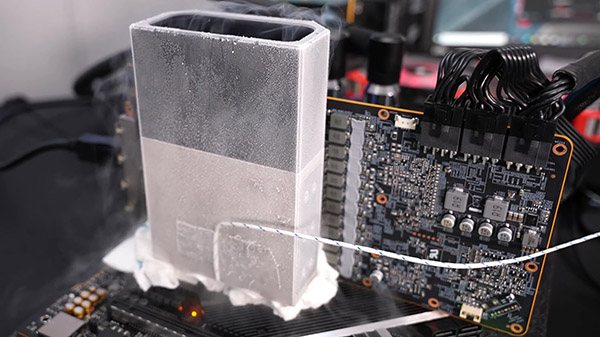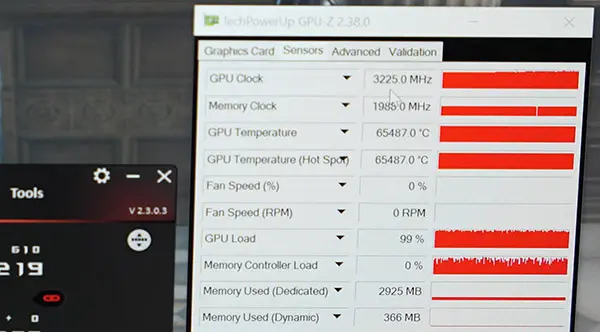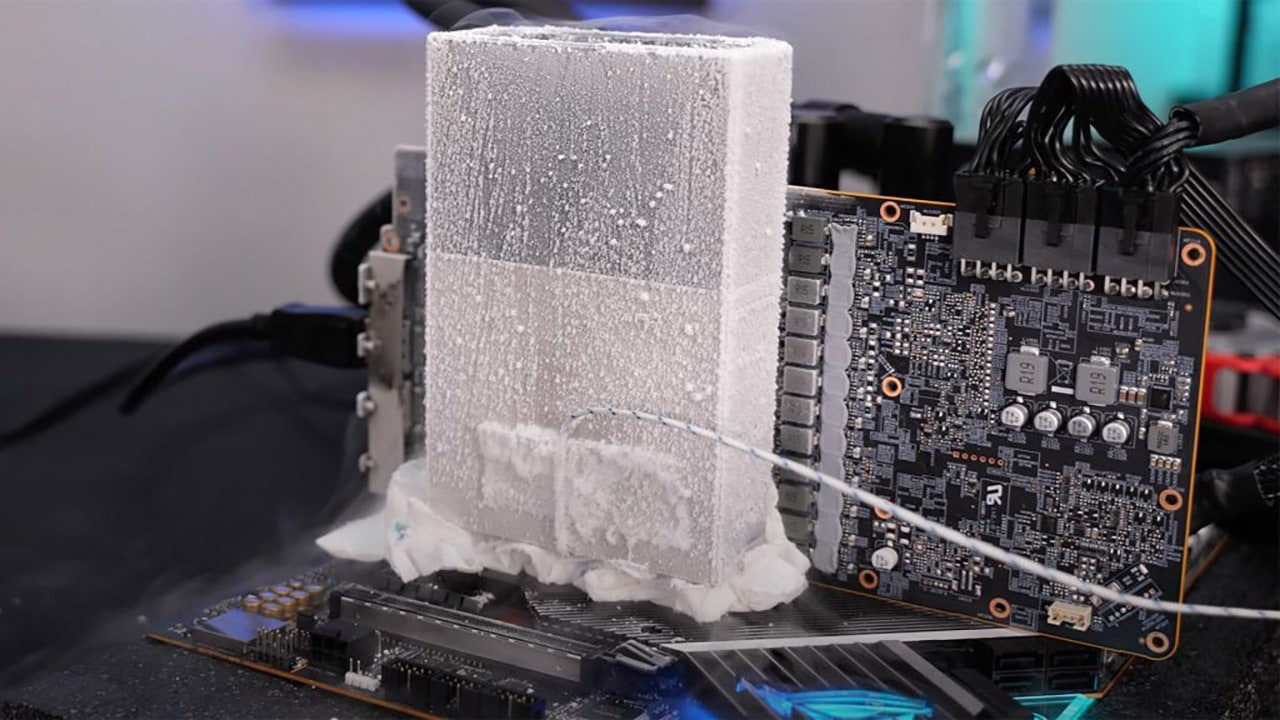RX 6900 XT at 3.2 GHz with liquid nitrogen, the power of Navi 21 XTXH: it is an overclocking record
Last week PowerColor unveiled the RX 6900 XT Liquid Devil Ultimate, a custom video card based on the Navi 21 XTXH selected GPU. We talked about it here. This is a board for the few, destined for the world of overclocking, which in addition to the factory frequencies higher than those of an RX 6900 XT, is based on a custom PCB and components capable of supporting even higher clocks, in particular with liquid nitrogen cooling.
Proof of what we are saying can be found in a video of the well-known overclocker novel “der8auer” Hartung, which he managed to push the GPU up to 3225 MHz, an unprecedented result, hitherto impossible for the other RX 6900 XTs. The “traditional” Navi 21 XTX GPUs aboard the 6900 XT released so far have a limit, with the firmware of the card which by AMD’s choice prevents it from going beyond 3000 MHz. In the case of the RX 6800 XT this ceiling drops to 2800 MHz.
Why AMD imposes such a restriction is not known at the moment. With PowerColor’s new Devil Ultimate, such as Liquid, the firmware was unlocked and the roof was raised to 4000 MHz. The overclocker der8auer was thus able to try to break the records achieved so far. The card in standard configuration, with EKWB liquid heatsink, reached a clock of 2833 MHz and a power consumption of 384W.


With liquid nitrogen cooling, der8auer managed to extract another 400 MHz from the graphics chip, although you can see how the GPU doesn’t like temperatures significantly below -90 ° C. Also, the clock of the graphics chip fluctuates strongly and 3225 MHz can be understood as a peak which is achieved for a short time. It is noteworthy that the power consumption turns out to be less than -90 ° C and 3225 MHz, with a value of 338W. The reason? Probably the causes are to be found in the leakage currents.















